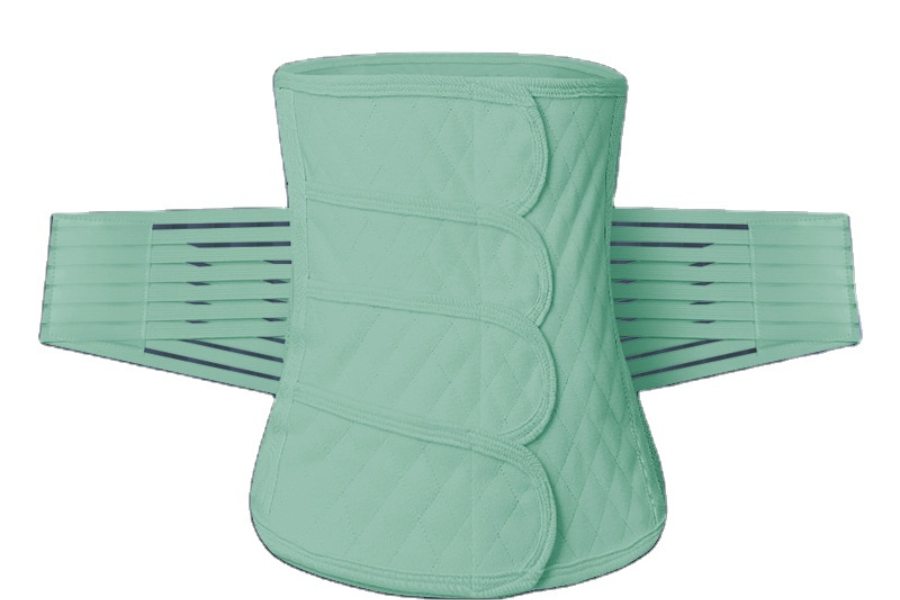
What Are C-Section Belly Bands?
22 Jul 2022 | 4 min Read
Reema Shah
Author | 740 Articles
Pregnancy brings changes in the body and it can take time to recover. Some women use postpartum belly wraps or c-section belly bands after having a baby to help aid their muscles. As per studies, wraps or binders can help with the pain and healing after a cesarean section. They might also help support your organs and muscles as they move back into place after having a baby.
But what are c-section belly bands? Let’s find out.
C-Section Belly Bands
C-section belly bands are also called abdominal binders which help ease postpartum recovery. These bands provide support to the abdominal muscles while they start to strengthen and heal.
They can help to reduce recovery time and also prevent Diastasis Recti, a condition in which the abdominal muscles get separated during pregnancy from being stretched. In Diastasis Recti, the belly bulges or sticks out for months or years after delivery.
C-Section Belly Bands for Abdominal Muscles
During pregnancy, the muscles in the abdomen and stomach region have to make room for the growing baby. This makes the stomach organs and muscles move around. After giving birth to a baby, either through C-section or vaginally, your muscles and organs need to go back to their original placement.
During this phase, which is usually a few weeks after giving birth to your child, the stomach muscles of the new mum are very weak and it is difficult for her to do a lot of tasks. In the case of c-section delivery, it is even more difficult and any task that puts strain on the abdominal region is difficult to accomplish.
C-section delivery is very painful. The incision made during the delivery can make it difficult to sit or stand up straight and many new mums also experience back pain. Using an abdominal support band after a C-section, helps new mums move easily and also sit down and stand up with ease. The band applies pressure just enough on the incision to ease the discomfort. Thus with c-section belly bands, the muscles get support to perform tasks without pain while they move back into place and are healing.
C-section belly bands also speed up the shrinking of the uterus back down to its original size. However, regardless of whether you use an abdominal binder or not, the stomach is going to shrink back in size. But using a belly band can help strengthen the muscles and make them shrink faster.

Do C-section Belly Bands Work?
Many new mums find belly bands useful after they have delivered their child. They not only wear them after birth but also weeks and months after giving birth because these bands provide support to do different tasks.
C-section bands offer support and help the mums build up their core muscles that shift during pregnancy besides easing the discomfort and postpartum pain, thus helping them get back to normal activities soon.
When is the Right Time to Wrap C-section Tummy?
Before you decide to use a postpartum belt, it is important to take a doctor’s advice. This is especially important for mums who have undergone a c-section. Many women start to wear these belts within a few days after vaginal delivery. However, it is advisable to wait after a c-section wound has healed.
C-section belly bands are helpful to provide support to a new mum’s abdominal and back region after delivery. However, a doctor’s advice must be taken before using them.
Image Credit – Bump Fitness
A


Suggestions offered by doctors on BabyChakra are of advisory nature i.e., for educational and informational purposes only. Content posted on, created for, or compiled by BabyChakra is not intended or designed to replace your doctor's independent judgment about any symptom, condition, or the appropriateness or risks of a procedure or treatment for a given person.
